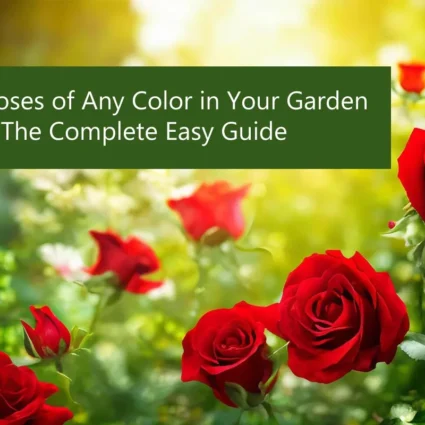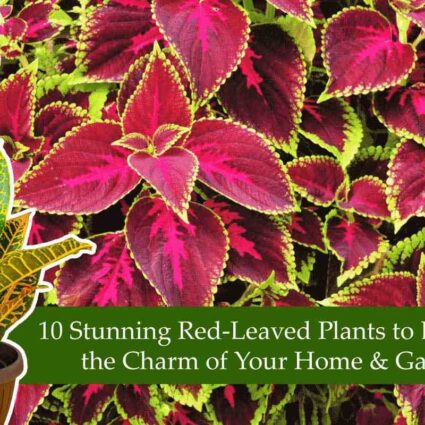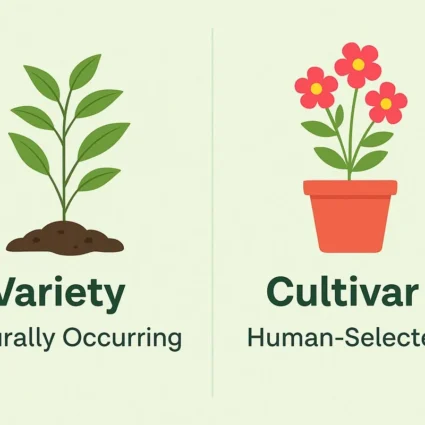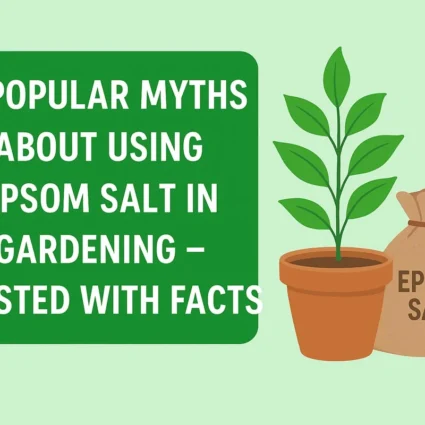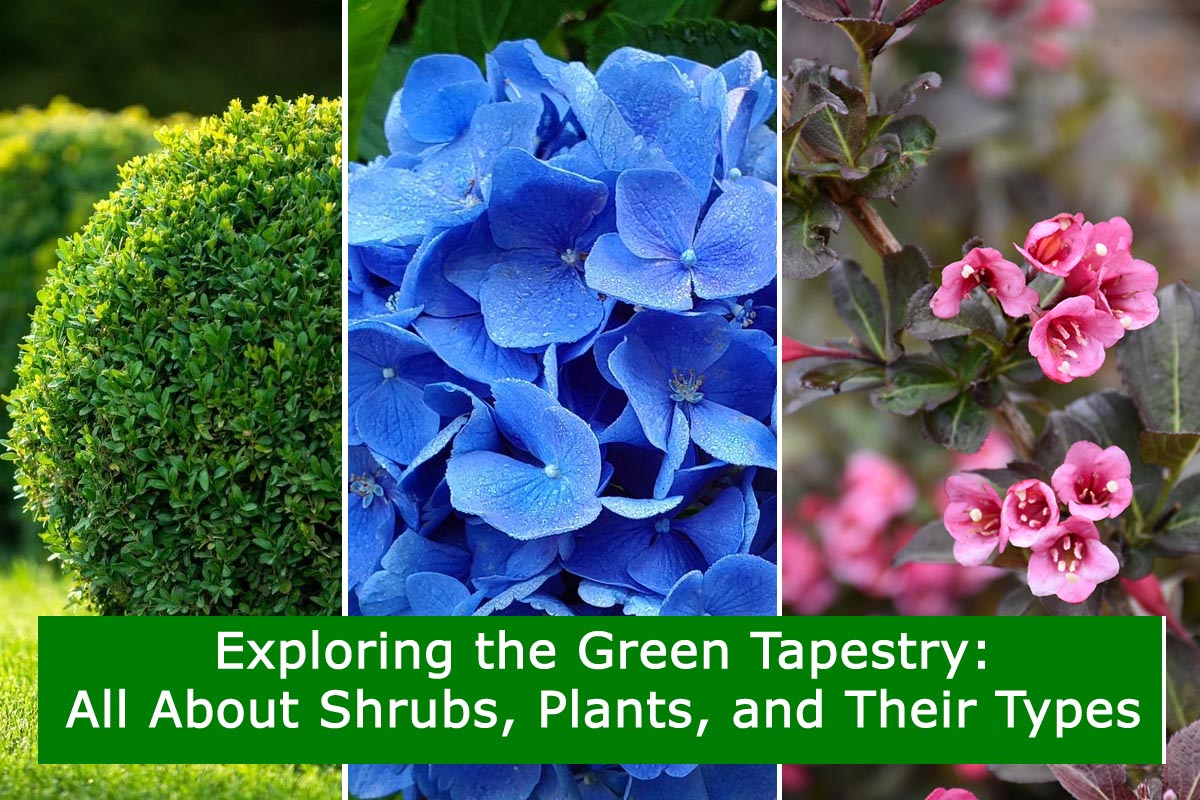
Exploring the Green Tapestry: All About Shrubs, Plants, and Their Types
Shrubs are a type of woody plant characterized by multiple stems and a relatively low height compared to trees. They are integral to landscaping and gardening, offering various aesthetic, functional, and ecological benefits. Here are some critical characteristics of shrubs:
Here are Some Critical Characteristics of Shrubs
- Size and Structure
- Woody Stems
- Perennial Nature
- Various Forms
- Versatility
- Flowering and Fruiting
- Low Maintenance
Size and Structure
Shrubs are generally smaller than trees, with multiple stems from the base. They can vary widely in size, ranging from low-growing ground covers to medium-sized bushes.
Also Read This :Plants Information : Basic Information About Plants and Tree
Woody Stems
Unlike herbaceous plants with soft, green stems, shrubs have woody stems that provide structural support. These stems often persist year-round, even during the winter months.
Perennial Nature
Shrubs are typically perennial, meaning they live for over two years. Many shrubs are known for longevity and can provide year-round interest in gardens and landscapes.
Also Read This :Blooming Brilliance : 5 Ingenious Ways to Use Banana Peels in Your Garden
Various Forms
Shrubs come in multiple forms, including deciduous (lose their leaves in the fall) and evergreen (retain their leaves year-round). Some shrubs are compact and dense, while others may have a more open and spreading habit.
Versatility
Shrubs are versatile plants that can serve various purposes in landscaping. They can be used for privacy screens, hedges, foundation plantings, ornamental features, and even as background elements in garden design.
Also Read This :Flowerless Plants: Ferns, Mushrooms, Mosses, Lichens, and Seaweeds
Flowering and Fruiting
Many shrubs produce attractive flowers and some bear fruits. This makes them valuable for adding colour, texture, and interest to outdoor spaces. Flowering shrubs can be chosen for specific seasons to ensure continuous blooms.
Low Maintenance
While maintenance requirements vary among shrub species, many are relatively low-maintenance compared to other plants. Pruning, fertilizing, and occasional watering are often sufficient to keep shrubs healthy.
Also Read This :Lots of Roses will Bloom. Use these in the Roots
Examples of common shrubs include azaleas, hydrangeas, lilacs, boxwoods, and rhododendrons, among others. When planning a garden or landscaping project, selecting suitable shrubs can contribute to the outdoor space’s overall aesthetic appeal and functionality.
Also Read This :Blossoms in the Moonlight: A Guide to Night-Blooming Flowers in India
Shrubs Plants, and Their Types
There are numerous shrubs, each with unique characteristics, growth habits, and ornamental features. Here are some common types of shrubs, categorized based on their characteristics:
- Deciduous Shrubs
- Evergreen Shrubs
- Flowering Shrubs
Deciduous Shrubs

Rose (Rosa spp.): Known for their beautiful and fragrant flowers, roses come in various colours and varieties, making them a classic choice for gardens.
Hydrangea (Hydrangea spp.): These shrubs produce large, showy flower clusters and are famous for their ability to change flower colours based on soil pH.
Forsythia (Forsythia spp.): Early spring bloomers with bright yellow flowers, forsythias are often used to add colour to landscapes.
Lilac (Syringa spp.): Fragrant lilac flowers make these shrubs popular for their visual and olfactory appeal.
Spirea (Spiraea spp.): Spireas are versatile shrubs with various forms and colours. They are valued for their abundant flowers.
Also Read This :A Guide to Flourishing Marigolds in Cold Weather
Evergreen Shrubs
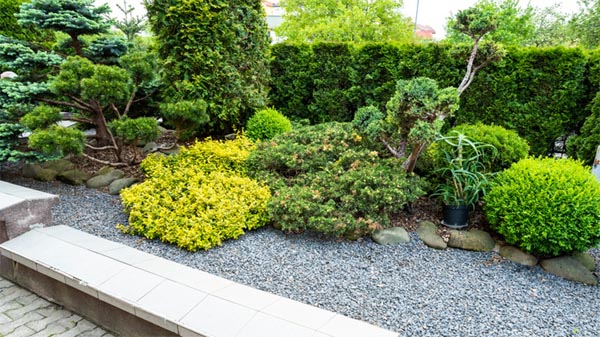
Boxwood (Buxus spp.): Known for their dense, compact foliage, boxwoods are often used for hedges and formal garden designs.
Rhododendron (Rhododendron spp.): These broad-leaved evergreens produce large, colourful flower clusters and thrive in acidic soils.
Azalea (Rhododendron spp.): Azaleas are a rhododendron type prized for their vibrant spring blooms.
Holly (Ilex spp.): Holly shrubs are known for their glossy, spiky leaves and often bear red berries, providing winter interest.
Juniper (Juniperus spp.): Junipers are evergreen shrubs with needle-like leaves that come in various shapes and sizes.
Also Read This :Elevate Your Space: A Guide to Hanging Indoor Plants
Flowering Shrubs

Weigela (Weigela spp.): These shrubs are appreciated for their tubular flowers that attract hummingbirds and butterflies.
Mock Orange (Philadelphus spp.): Known for their fragrant white flowers, mock oranges are often chosen for their pleasant scent.
Viburnum (Viburnum spp.): Viburnums offer a variety of forms and are valued for their clusters of flowers and sometimes colourful berries.
Camellia (Camellia spp.): Known for their large, elegant flowers, camellias are evergreen shrubs that add a touch of sophistication to gardens.
Butterfly Bush (Buddleja spp.): These shrubs are named for their ability to attract butterflies with their fragrant, cone-shaped flower clusters.
Also Read This :Draping Greenery: 10 Hanging Indoor Plants to Elevate Your Home Decor
These are just a few examples, and there are countless other shrubs to choose from, each with its unique characteristics and suitability for different garden environments. When selecting shrubs for your landscape, consider factors such as climate, soil conditions, and the specific aesthetic you wish to achieve.
Also Read This :Botanical Bounty: Must-Have Flowering Shrubs to Transform Your Garden

